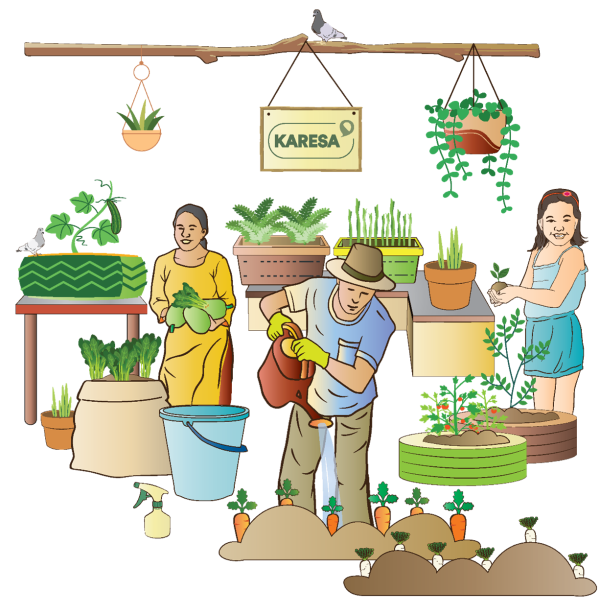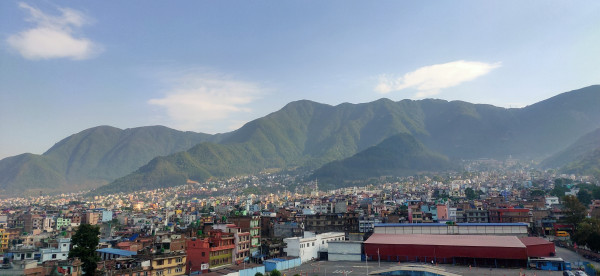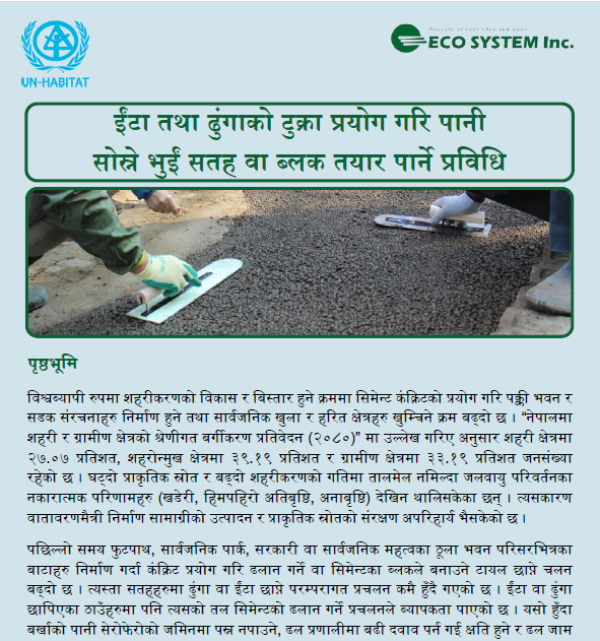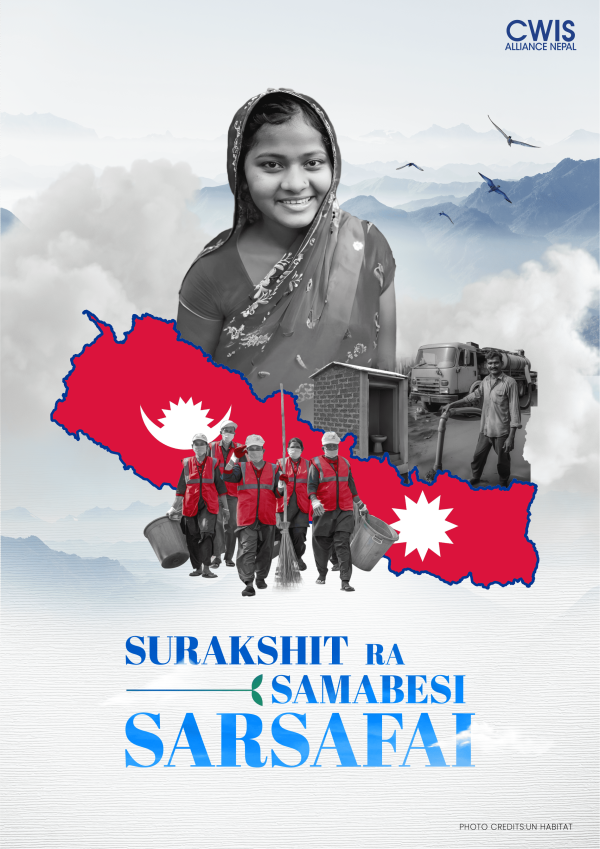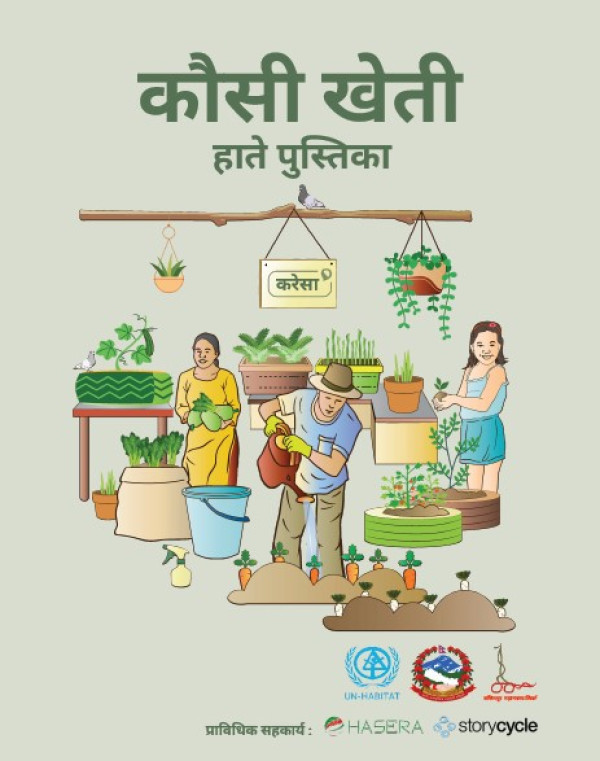Footsteps of our past (How to reconstruct historic buildings in Kathmandu after the earthquake)
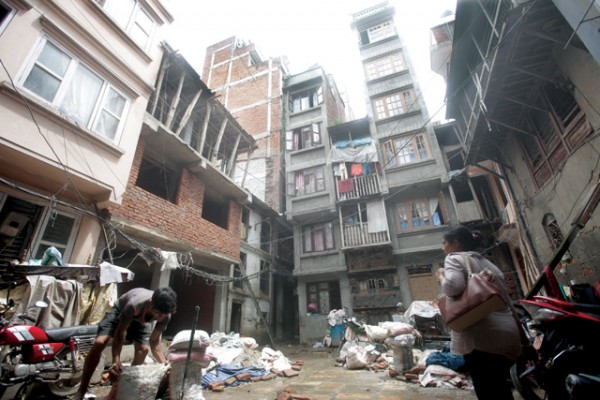
Astha Joshi
22-28 July 2016 #818
Kilagal was one of the neighbourhoods in the historic core of Kathmandu knocked down in last year’s earthquake but, in rebuilding, the municipality may be destroying the community once again — this time its precious cultural heritage.
Many of the ancient houses and courtyards of Kilagal (or Kilagha) suffered serious damage and were declared unfit to live in. The brick buildings with carved wooden windows — set in a warren of narrow alleys — were home to Jyapu and Vaidya families who had been living here for generations.
One such neighbourhood, Dambo Chok, has now been singled out by the Kathmandu Metropolitan City(KMC) for house pooling: rebuilding safer houses while concurrently addressing the problem of high urban density. KMC has approved a Rs 50 million plan, and 54 houses in Dambo Chok have presented a joint application for land acquisition to the Kathmandu Valley Development Project (KVDP) for approval.
After last year’s earthquake there was a call to “build back better”, and the KMC proposed an urban regeneration initiative for inner-city Kathmandu, with residential blocks, wider roads and open spaces. The idea was that areas such as Kilagal would be better prepared for future earthquakes, and the plan would solve the problem of property fragmentation due to inheritance.
In Kathmandu Valley’s old towns, historic homes are often torn down, to be divided up among brothers and then re-divided among their children and grandchildren. The average land area of a home in Kilagal is now only 9 sq m, tiny rooms in thin concrete towers that rise 13 stories high. KMC — in collaboration with the National Society for Earthquake Technology (NSET) — therefore planned to redesign entire neighbourhoods, not just one house at a time.
 “Given the fragmentation of property and cramped living conditions, especially after the earthquake, house pooling was the best solution,” explained Bau Raja Maharjan of a committee overseeing reconstruction at Dambo Chok. He denies the plan would desecrate the physical and cultural heritage, since the temples and the bahals would be integrated in the plan.
While most Kilagal families are happy that their homes will be made of stronger concrete structures, some say the KMC’s house pooling plan will destroy the original architecture of the neighbourhood as well as its fragile culture and heritage.
“We tried to explain to the residents why it is important to use traditional building techniques and materials like brick and mud mortar, but we failed,” Kilagal resident Chandra Maharjan told us. “These neighbourhoods have immense heritage value but when you build the houses with concrete, it will all be worthless.”
The debate goes to the heart of how preservation of the heritage of cultural towns must go hand-in-hand with their modernisation and commercial usage, says Padma Sundar Joshi of the United Nations Human Settlements Programme (UN Habitat).
He says: “A pati might have traditional value but if you look at it commercially, it might just be a waste of space. It’s important to understand the links between tangible space and intangible space in traditional architecture. If you cannot protect space, traditional footprints are destroyed.”
Kathmandu’s breakneck urbanisation is already eroding the substrate of the Kathmandu Valley civilisation, and public pressure for modern concrete housing, especially after the earthquake, has made it more difficult to argue for heritage preservation.
“Given the fragmentation of property and cramped living conditions, especially after the earthquake, house pooling was the best solution,” explained Bau Raja Maharjan of a committee overseeing reconstruction at Dambo Chok. He denies the plan would desecrate the physical and cultural heritage, since the temples and the bahals would be integrated in the plan.
While most Kilagal families are happy that their homes will be made of stronger concrete structures, some say the KMC’s house pooling plan will destroy the original architecture of the neighbourhood as well as its fragile culture and heritage.
“We tried to explain to the residents why it is important to use traditional building techniques and materials like brick and mud mortar, but we failed,” Kilagal resident Chandra Maharjan told us. “These neighbourhoods have immense heritage value but when you build the houses with concrete, it will all be worthless.”
The debate goes to the heart of how preservation of the heritage of cultural towns must go hand-in-hand with their modernisation and commercial usage, says Padma Sundar Joshi of the United Nations Human Settlements Programme (UN Habitat).
He says: “A pati might have traditional value but if you look at it commercially, it might just be a waste of space. It’s important to understand the links between tangible space and intangible space in traditional architecture. If you cannot protect space, traditional footprints are destroyed.”
Kathmandu’s breakneck urbanisation is already eroding the substrate of the Kathmandu Valley civilisation, and public pressure for modern concrete housing, especially after the earthquake, has made it more difficult to argue for heritage preservation.
 “For an outsider, a courtyard is just another courtyard but to those living there, each nook and cranny has an important meaning,” Joshi explains, “a part of it could be the space for Mahadev, or might have a specific function during festivals like Gunla. Even the lanes carry significance: the wider ones were for auspicious ceremonies, while narrower alleys were used for death rituals.”
House pooling would alter not just the design of buildings but also how these traditional practices and rituals are carried out, and questions their continuity. Josh says house pooling need not be bad as long as the buildings are designed “horizontally” and respect traditional spaces.
There are also legal issues. Nepal’s property law states that a landowner is entitled to the plot on which the house stands. Since there are no laws that prohibit vertical property division, there may be a problem if people who have their houses pooled do not want to live in them anymore.
KMC says the Dambo Chok plan is a ‘pilot’ project and, depending on how it goes, the formula will be replicated in other courtyards in Kathmandu Valley. Preliminary plans for Vaidya Chok have already been drafted and eight families have handed over their land ownership certificates as approval for the project. The challenge will be to simultaneously balance the needs of residents, the necessity for the structures to be seismic-resistant, and to address urban density and property fragmentation.
“For an outsider, a courtyard is just another courtyard but to those living there, each nook and cranny has an important meaning,” Joshi explains, “a part of it could be the space for Mahadev, or might have a specific function during festivals like Gunla. Even the lanes carry significance: the wider ones were for auspicious ceremonies, while narrower alleys were used for death rituals.”
House pooling would alter not just the design of buildings but also how these traditional practices and rituals are carried out, and questions their continuity. Josh says house pooling need not be bad as long as the buildings are designed “horizontally” and respect traditional spaces.
There are also legal issues. Nepal’s property law states that a landowner is entitled to the plot on which the house stands. Since there are no laws that prohibit vertical property division, there may be a problem if people who have their houses pooled do not want to live in them anymore.
KMC says the Dambo Chok plan is a ‘pilot’ project and, depending on how it goes, the formula will be replicated in other courtyards in Kathmandu Valley. Preliminary plans for Vaidya Chok have already been drafted and eight families have handed over their land ownership certificates as approval for the project. The challenge will be to simultaneously balance the needs of residents, the necessity for the structures to be seismic-resistant, and to address urban density and property fragmentation.
Joshi Complex
 A decade ago, nine families of Khichapokhari’s Joshi clan got together to pool their houses. The reason: to accommodate an ever-growing kin. A private construction company was hired to erect a large apartment block called the Joshi Complex, which was built over what used to be nine courtyards with traditional and cultural significance.
The residential block was leased to a company for ten years, and when the lease ran out a dispute arose among family members who all wanted their slice of property back. The land was cut up into little pieces, resulting in vertical fragmentation of the property. The Joshi Complex, which was an experiment in house pooling, has disappeared, replaced by individual concrete houses standing on what used to be a precious legacy of Kathmandu Valley’s unique architectural and cultural heritage.
A decade ago, nine families of Khichapokhari’s Joshi clan got together to pool their houses. The reason: to accommodate an ever-growing kin. A private construction company was hired to erect a large apartment block called the Joshi Complex, which was built over what used to be nine courtyards with traditional and cultural significance.
The residential block was leased to a company for ten years, and when the lease ran out a dispute arose among family members who all wanted their slice of property back. The land was cut up into little pieces, resulting in vertical fragmentation of the property. The Joshi Complex, which was an experiment in house pooling, has disappeared, replaced by individual concrete houses standing on what used to be a precious legacy of Kathmandu Valley’s unique architectural and cultural heritage.
Kilagal
 Historically, Kilagal has played an important role in Kathmandu’s many colourful festivals, especially Indra Jatra. The name comes from the words kisi (elephant) and ghar (house). Kilagal is where the traditional pulukishi for Indra Jatra is constructed, and the men from Kilagal enact the wild elephant dance on the street. The neighbourhood also has a figure of a red elephant looking down (above) on the busy main street from the second floor of one of the houses.\
Historically, Kilagal has played an important role in Kathmandu’s many colourful festivals, especially Indra Jatra. The name comes from the words kisi (elephant) and ghar (house). Kilagal is where the traditional pulukishi for Indra Jatra is constructed, and the men from Kilagal enact the wild elephant dance on the street. The neighbourhood also has a figure of a red elephant looking down (above) on the busy main street from the second floor of one of the houses.\
House Pooling
 The Kathmandu Metropolitan City has approved a budget of Rs 50 million for Kilagal’s pilot house pooling project (pictured above), under which residents will be given concessional loans for rebuilding their section of the complex. This means that the residents will give up their houses and pool resources to build a large housing area, where they will be provided with living spaces nearly the same in size as their previous homes. However, they will have to share the cost of building the internal and external infrastructure, such as the foundation, walls, beams, staircases and plumbing.
To date, plans to compensate families whose homes lie within the project area but are unaffected, are unclear.
Download E-paper Version
Source: Nepali Times
The Kathmandu Metropolitan City has approved a budget of Rs 50 million for Kilagal’s pilot house pooling project (pictured above), under which residents will be given concessional loans for rebuilding their section of the complex. This means that the residents will give up their houses and pool resources to build a large housing area, where they will be provided with living spaces nearly the same in size as their previous homes. However, they will have to share the cost of building the internal and external infrastructure, such as the foundation, walls, beams, staircases and plumbing.
To date, plans to compensate families whose homes lie within the project area but are unaffected, are unclear.
Download E-paper Version
Source: Nepali Times

